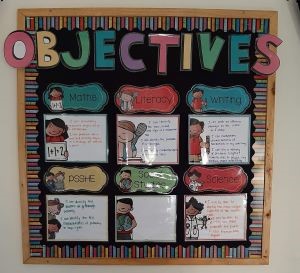Excellent Educational Environments
We are exploring four foundational pillars of what we mean by transformational education this year. A couple of months ago, we talked about step one: Becoming all that God intends.
Now for step two: Excellent Educational Environments. As we pursue God’s intentions for each learner, how can we create excellent educational environments that bring transformational education? What can we do?
Excellent
Excellent. What a muddy word with many different meanings. In western culture, excellent means the best according to someone’s standard. Superior.
Even biblically, there are a variety of words that we translate excellent. Let’s look at two passages from the Bible to think about excellence a little.

First, remember the story of Jesus’ first miracle in Luke 2? The wedding party runs out of wine. Jesus tells the workers to fill huge jars with water. They do, then take it to the headwaiter. It is now wine, but not just any wine! The headwaiter says, “Everyone brings out the choice wine first…but you have saved the best for now.” The wine Jesus made is the best: it is excellent.
Notice that Jesus made the wine excellent, not the workers.
What did the workers do? They took the best they had available, large pots and water, and brought them to Jesus. This was hard work, done with some urgency. The workers did all they could at the moment and gave it to God to use.
Can we do anymore? We work hard, take the best we have available at the time, give it to Jesus, and watch Him use it. Isn’t that His way? To take the ordinary and make it something worthy that He changes and uses for His purposes.
Now look at 1 Corinthians 13. “But, earnestly desire the greater gifts. And I show you a still more excellent way.” The more excellent way is love. Without love, I am nothing and any work I do is just a loud noise.
We are driven by love for students. When we work hard and bring what we have for our classes, we give it to Jesus. He uses it. If all we have is chalk and a board, but it is our best given in love, it is excellent. If we have more, and we bring it out of love and organize it and share it, it is the excellent way. He makes it best.
Educational
“Educational” puts our work in context. Our purpose is to help grow and transform lives. We aim for God’s intended purpose that each student will become the person they can be by God’s grace.
As we break this down into goals and learning objectives, we develop a curriculum the defines what a student should know, feel, and do at different points of their time in our program. We define those goals for the day, the class or the camp session. And, we make plans bringing the best we have to help each one learn.
This makes our work educational: A learning purpose and a plan.
Environments

While we can’t cause the growth and transformation within our learners—God does that—we can bring the best we have to our learners. We can surround them with a clean and life-giving environment.
Here are some things we can bring and apply in our context and culture to create an excellent environment no matter where we are:
- Safety: physical, emotional, and spiritual so students can learn.
- Nourishment: good words, creative ideas, and kindness.
- Respect: all are made in God’s image and worthy.
- Prayer: knowing that God causes the growth.
- Relationship: everyone wants to be known.
- Truth: God’s view of the world and self.
- Wholeness: holistic view of the person with head, heart, and hands.
- Planning: putting things together to engage students.
As we know how much God loves us, we love those put in our care. In that love, we bring what we have to God for Him to transform. We bring our thoughts, our plans, our spaces, our things, and ourselves to surround our students with love. That is all we can do. But as we do this, we give them to Jesus to be transformed, like the water, into that which is excellent. And that we can do!
Joe Neff, ThM
coordinating Director of Education Services
TeachBeyond, Global
Photo Credits: The Marriage at Cana. Decani. 14th century fresco. Public Domain. Classroom. via Shutterstock.



